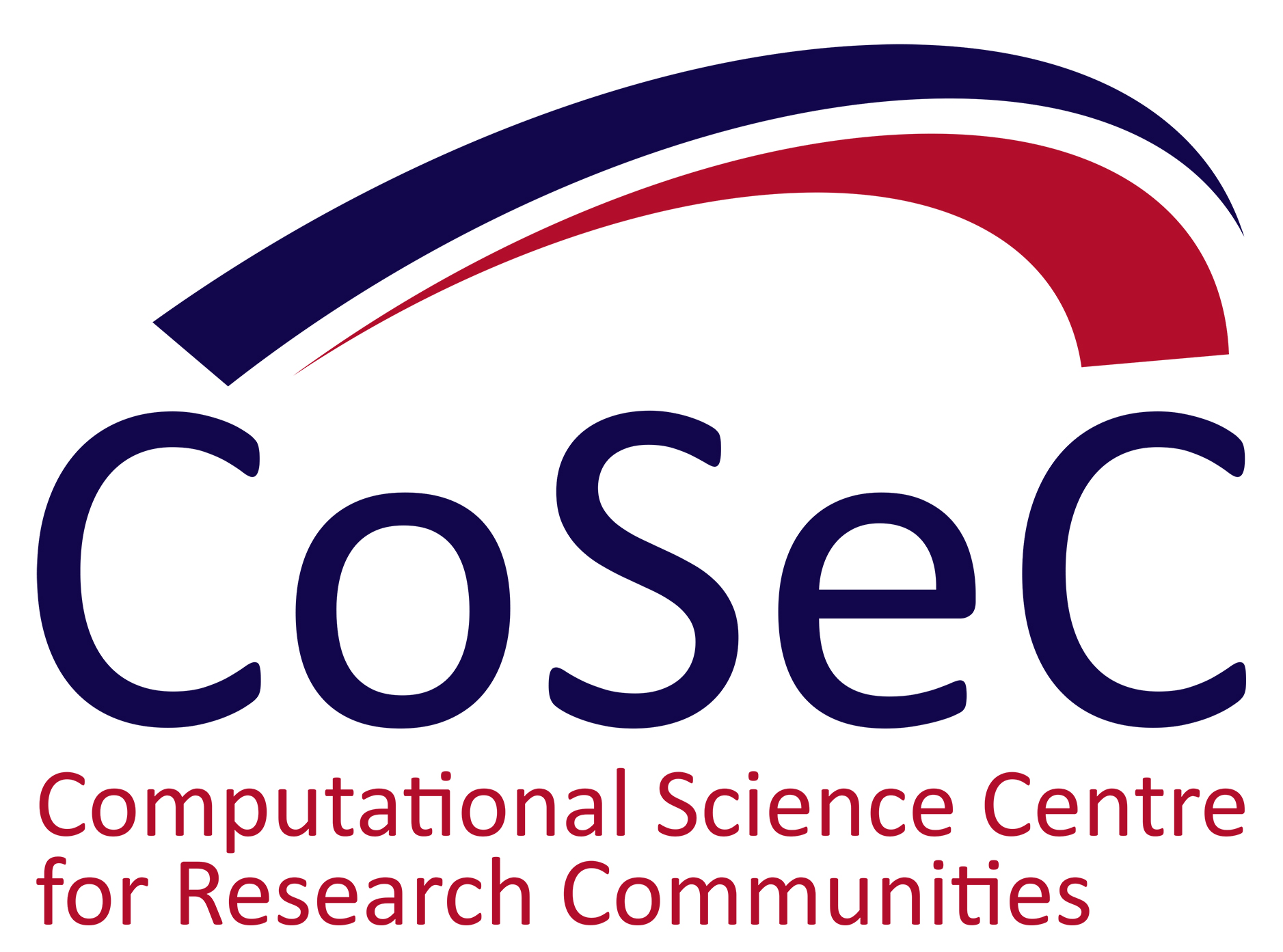 Science applications The UK consortium of Atomic, Molecular and Optical Physics, exists to develop and exploit these communities' suites of codes developed on high performance computers. Their applications include electron (positron) -atom and -molecule scattering, (ultrafast) laser pulse interactions, and related problems such as attosecond physics in atomic and molecular systems; fusion-relevant atomic data; electron-molecule collisions with relevance to biological radiation damage, fusion energy and technology. In the field of ultra-cold chemistry, atom-atom and molecule-molecule interactions are explored in parallel with experiments performed in the UK and abroad. Plans are underway to extend software functionality to anti-matter chemistry relevant to low-energy experiments planned by projects at CERN.
Science applications The UK consortium of Atomic, Molecular and Optical Physics, exists to develop and exploit these communities' suites of codes developed on high performance computers. Their applications include electron (positron) -atom and -molecule scattering, (ultrafast) laser pulse interactions, and related problems such as attosecond physics in atomic and molecular systems; fusion-relevant atomic data; electron-molecule collisions with relevance to biological radiation damage, fusion energy and technology. In the field of ultra-cold chemistry, atom-atom and molecule-molecule interactions are explored in parallel with experiments performed in the UK and abroad. Plans are underway to extend software functionality to anti-matter chemistry relevant to low-energy experiments planned by projects at CERN.
The study of plasma physics covers a huge range of scales and applications. It is core to the development of laboratory experiments such as fusion power, new light sources and the next generation of particle accelerators, for example simulations of plasmas, including those plasmas of relevance to magnetic confinement fusion, laser-plasma interactions, laser fusion energy and tokamak turbulence. On the largest scales it is fundamental to our understanding of astrophysics.
Expertise Collaborative research is achieved via software and methodology development, training and outreach activities, dissemination, community building, networking and providing access to sustained networks of communities.More specifically, software development includes: optimizing key codes and algorithmic improvements made to existing codes to improve functionality and scalability;; restructuring, streamlining, and providing (the PFARM) benchmarking suite, available for public download from the Unified European Accelerator Benchmark Suite repository; providing and publishing scripts to automate benchmarking of the atomic and molecular datasets and revising and expanding the accompanying documentation. Interacting closely with related CCPs; engaging with industrial partners and international collaborators through workshops and other activities; broadening the user communities and making their codes widely available; providing training for the next generation of computational scientists in the UK, unifying diverse codes into a multipurpose effective single resource across the range of atomic, molecular and optical physics.
Developing new physics packages as required to maintain the UK's role in laser-plasma physics and all approaches to fusion for energy; managing blocks of allocation of national supercomputer time to be used for plasma physics research.
Software Knowledgeable and experienced CoSeC staff within the HEC Computational Atomic, Molecular and Optical, and Plasma Communities support and / or develop the following codes:
plus RMATRIX I, UKRMol+ serial and OpenMP threaded GBTOlib library. EPOCH, and GS2. Development of a radiation‐hydrodynamics ALE code for laser plasmas is underway.
CCPs, HECs and Project Lead
|

| 
|
| |
